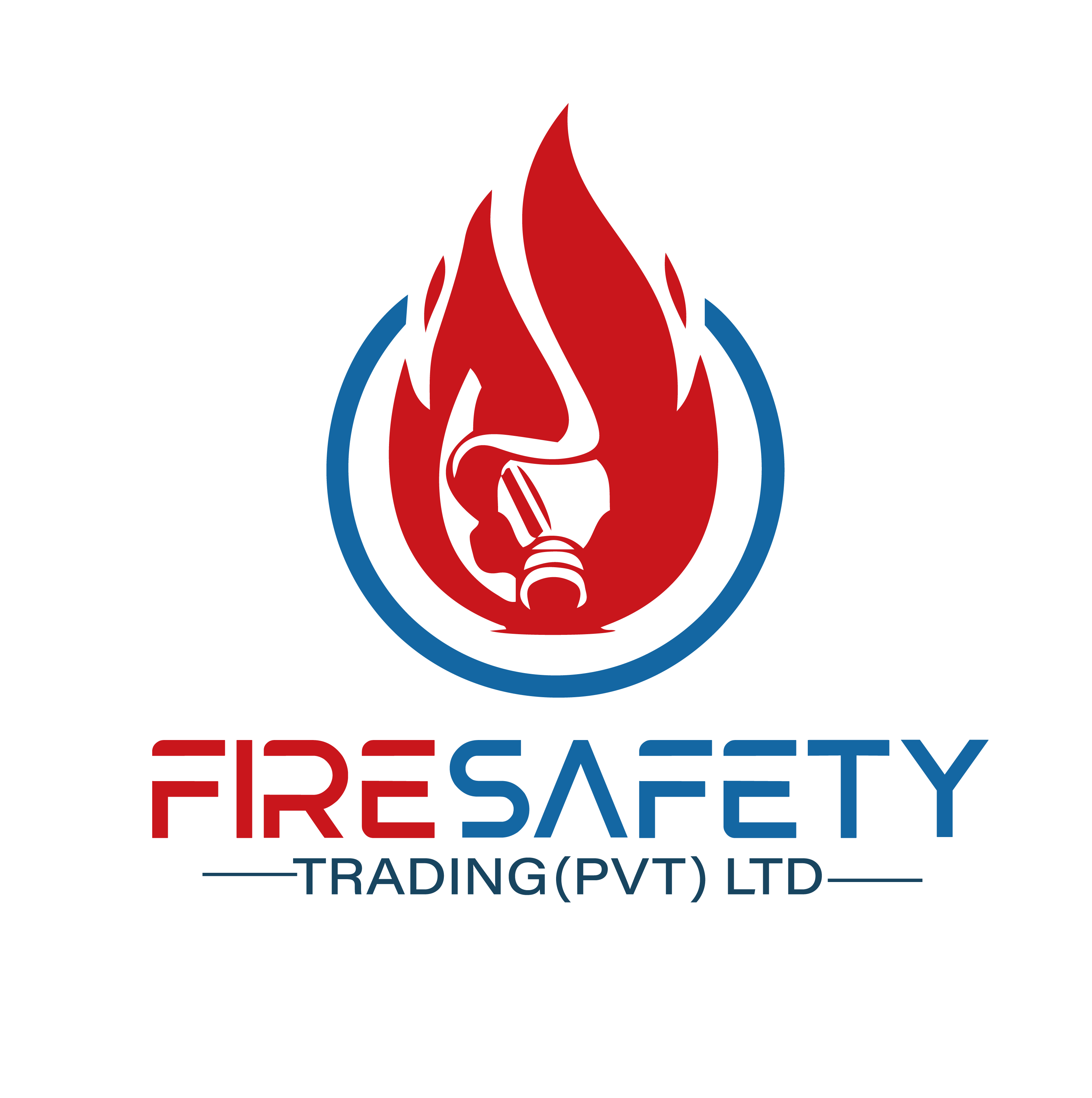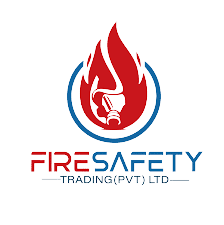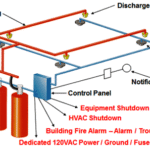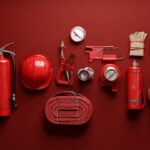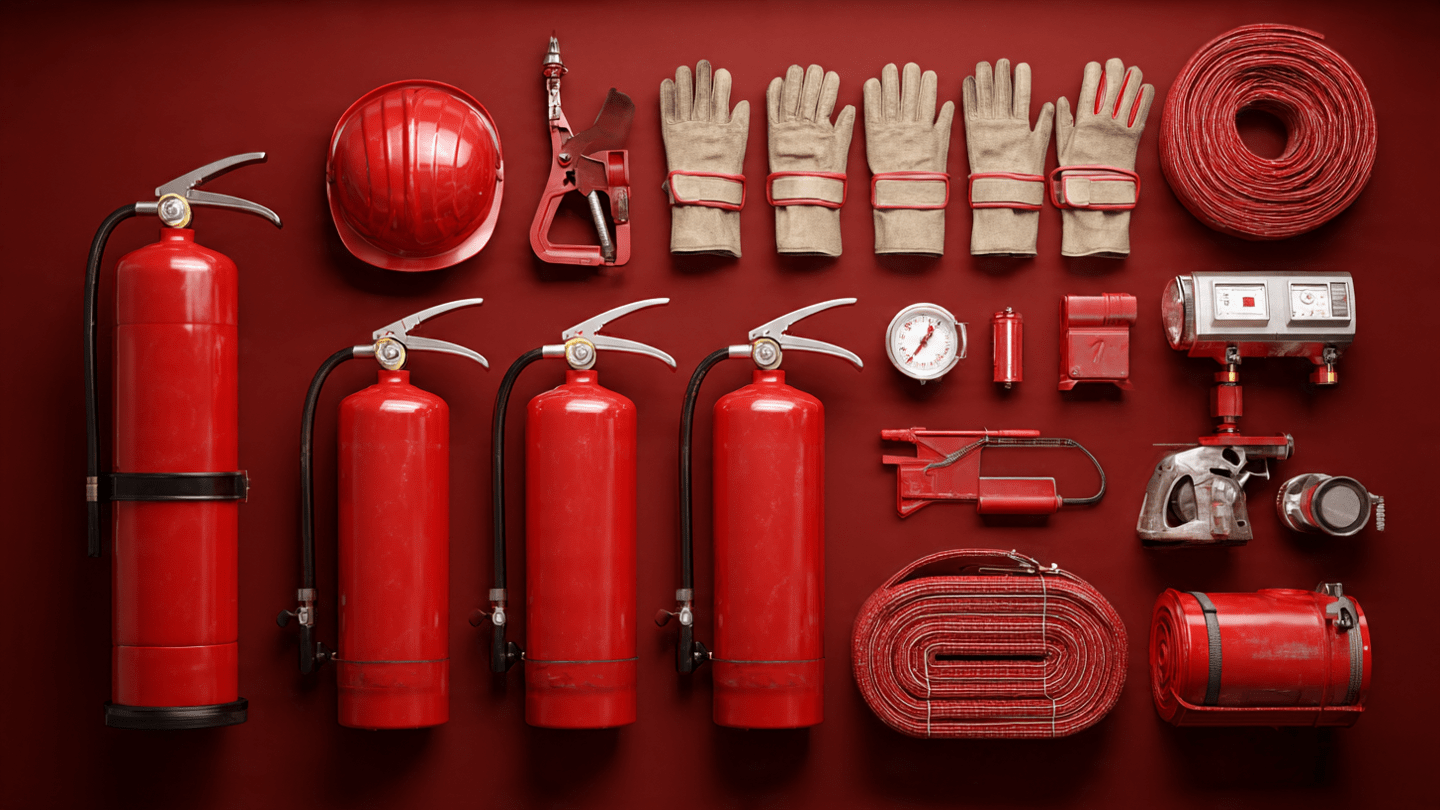Fire safety equipment plays a vital role in protecting people, property, and workplaces from unexpected fire incidents. In many cases, a small fire can turn into a disaster within minutes if the right equipment is not available. That is why every school, office, factory, and even home is required to install basic fire safety equipment to ensure protection and compliance with safety standards.
One of the most common and essential tools is the fire extinguisher. These portable devices are designed to tackle small fires before they spread. Depending on the situation, different types of extinguishers are used such as water, foam, dry powder, and carbon dioxide. Having the correct extinguisher in the right place can make the difference between a controlled fire and a major loss.
Equally important are fire alarms and smoke detectors. These systems provide early warning when smoke or heat is detected, giving occupants time to evacuate safely. In large buildings, fire alarm systems are often connected to sprinklers, emergency lights, and control rooms for quick response. Such systems fall under modern safety equipment that ensures overall workplace security.
For bigger emergencies, fire hydrant systems and fire hose reels are necessary. Hydrant points are installed so that firefighters can easily connect their hoses and control flames with a strong water supply. Hose reels, usually mounted on walls, allow people inside the building to take initial action until professional help arrives.
Another effective system is the fire sprinkler system. These sprinklers are installed in ceilings and activate automatically when high heat is detected. By spraying water directly on the flames, sprinklers prevent the fire from spreading further and give people more time to escape.
Besides these, smaller tools like fire blankets are very useful, especially in kitchens and laboratories. By covering a burning object, the blanket cuts off oxygen supply and stops the fire instantly. Emergency exit signs and lighting are equally important, as they guide people safely out of the building even if there is darkness or heavy smoke.
In commercial and industrial buildings, fire doors are installed to slow down the spread of heat and smoke. These special doors are heat-resistant and create safe compartments inside a building. Finally, for firefighters and rescue teams, personal protective equipment (PPE) such as helmets, safety gloves, safety shoes, flame-resistant fire safety suits, and breathing apparatus are necessary for their safety during operations.
Why Every Building Needs Fire Safety Equipment
The presence of proper fire safety equipment ensures early detection, quick control, and safe evacuation. It protects human lives, minimizes property loss, and fulfills legal obligations set by government authorities. In countries like Pakistan, educational institutions, factories, and offices are legally required to install approved firefighting systems.
Fire safety equipment is not just a precaution—it is a necessity. Investing in these tools means investing in safety, compliance, and peace of mind. Whether it’s a small extinguisher in a classroom or a full hydrant system in a factory, every piece of equipment plays an important role in preventing fire tragedies.
